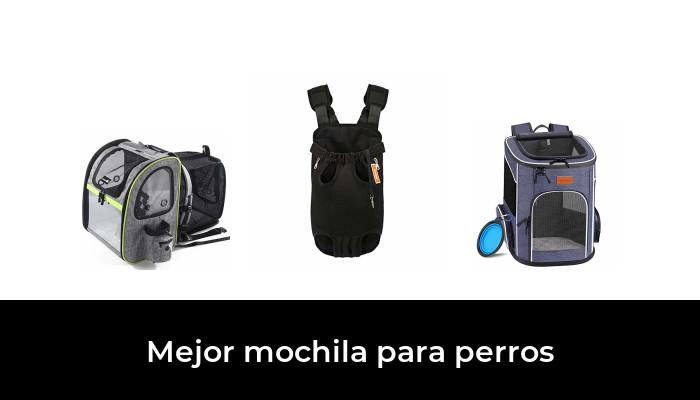The jewels are no longer what they used to be: "A piece of wood can be as valuable as a piece of gold"
Jewels are no longer what they used to be. Well lie. The jewels of a lifetime, those that girls began to receive as a gift on the day of their First Communion, will continue to pass from generation to generation and come out on special occasions. What is changing is the sector. Both for the type of pieces and prices that consumers are now looking for, as well as for the licenses that jewelers allow themselves in their creations, who get rid of old corsets and open up to incorporating the most diverse materials into their designs. Value no longer resides only in gold or its precious relatives and is, increasingly, in differentiation.
In 2008 there were 77 companies in Aragon dedicated to the manufacture of jewelry, costume jewelery and similar articles and, of these, 36 had employees under their charge. In a decade and with all the crisis in between, the number of companies and mouths that the jewelry manufacture feeds has been reduced by almost half and there are only 49 workshops registered in the Community. However, at the Zaragoza School of Art there is no room for discouragement. Quite the contrary: the teachers of the Higher Degree in Artistic Jewelry see a niche of opportunities in all these changes and strive to train future artisans who know how to make a difference and adapt to new scenarios.
Experimentation without barriers at the Art School
Mercedes Angulo is the head of the Jewelry department at the School of Art and is clear that one of the main objectives of this degree is to break down all the mental barriers with which students arrive in first grade. "They come with a traditional taste but during the first year that changes completely because they discover the full range of possibilities offered by the jewelry sector."
Silvia Guillén is another of the professors of the Degree and, precisely, the one who assumes this task of "opening the mind" to the students in the subject of Projects in the first year. "It's like opening a window," she says. To do this, he leaves them absolute freedom: they start with a material or a technique and from there they have to investigate all the possibilities, investigate other aesthetic references and authors and, with all that as a base, create something new.
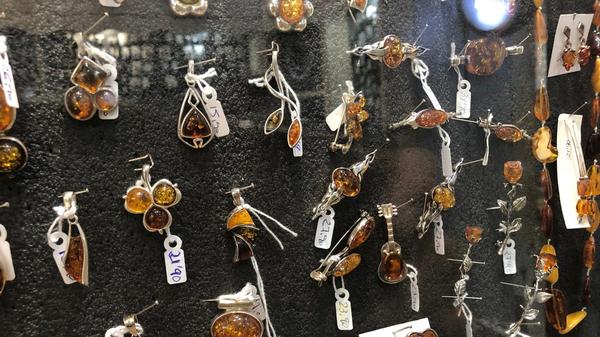
The counterpoint in the School is provided by Alfonso Madrid. He is a workshop teacher and teaches the basic techniques that any jeweler must know to get his pieces off the ground: welding, sawing, box closures, joints... The traditional base of jewelry from which you always have to start.
Luz de luna store in ZaragozaWhile the teachers tell all this, a dozen students yes, today they are all women - work concentrated in the workshop. One welds, another shapes a silver thread, another observes a small box full of shells collected on the beach. They are in Projects class and they must design a brooch that is related to one of the chapters of the story of 'Alice in Wonderland'. Each one has an assigned chapter and the only requirement is to use the engraving technique at some point.
Lola Huértolas is one of those students. She was already a potter and signed up to learn how to handle other materials. Angulo and Guillén's lessons have permeated her perfectly: she likes to take little things from her travels and incorporate them into her art. A stick, a stone... "I am not attracted to valuable materials. Any well-worked material can have the same value as a piece of gold." She, in her brooch, will incorporate a piece of wood polished by the waves of the sea and a lobster leg.
How to Make " Impossible" the First Step on the Ladder to Success ..........................................What if th…http://t.co/UCN10DKDCq
— ShyamsunderPanchavati Fri Nov 29 07:27:19 +0000 2013
Signature jewelry in Aragon
Sara García has also been a ceramicist for 40 years. She had (and has) a ceramics workshop together with Alejandro and Patricia Guillén in El Burgo de Ebro. When she found out, she liked the idea of creative jewelry and was part of the first promotion of the Higher Degree of the School of Art in 2005 Now, he combines the two aspects and plays with ceramics and silver through 900veinticinco, the line of contemporary jewelry that is also sold at Se ha hace torn to pieces, his workshop with direct sales on Calle de San Agustín in Zaragoza.
María Gracia, for her part, is another former student who established herself three years ago. She also makes jewelry inspired by nature with her own brand: Orión Joyería de Autor. "In my house we have always been collectors of treasures, a stone from Moncayo, a branch, a plant... and that is what I offer my clients. Personalized orders in which they tell me their story, they can give me materials to incorporate and I give shape to all that", says this artisan who is also a graphic designer and photographer. With this modus operandi there is no doubt that each piece is impossible to repeat. "A client asked me for some earrings and that each one bring a different stone from their travels, or for my mother, for example, I made her a necklace with pieces from a tray of hers that my cat had broken," she says.
Less noble materials and more affordable prices
Luz de Luna, a small shop on Calle Cádiz, also knows a lot about the change in the sector and the increasingly widespread demand for 'less noble' materials (a priori) but that can become just as valuable. Saragossa. Noemí Insausti, who works behind the counter, indicates that the fundamental thing in her way of understanding jewelry is that everything be unique pieces made by hand.
"Yes, we work a lot with minerals, silver and precious stones such as emeralds, sapphires or rubies, but with less density and purity than those sold in jewelry stores. Here, the concept of jewelry is extended and It even reaches glass perfumers."Customers are increasingly looking for the difference but at more affordable prices than traditional jewelry, but that doesn't mean they have to stop being unique and durable objects."
Keeping your feet on the ground with respect to the price they set for their pieces is one of the pieces of advice that is most repeated to their students at the School of Arts, according to Mercedes Angulo: "They have to create a different product but adapting to the prices at which it can be sold in the markets. Much of the artisan work moves in fairs and markets and there, generally, a cheap piece is sold. Between 20 and 40 euros on average and up to a maximum of 100".
Related news
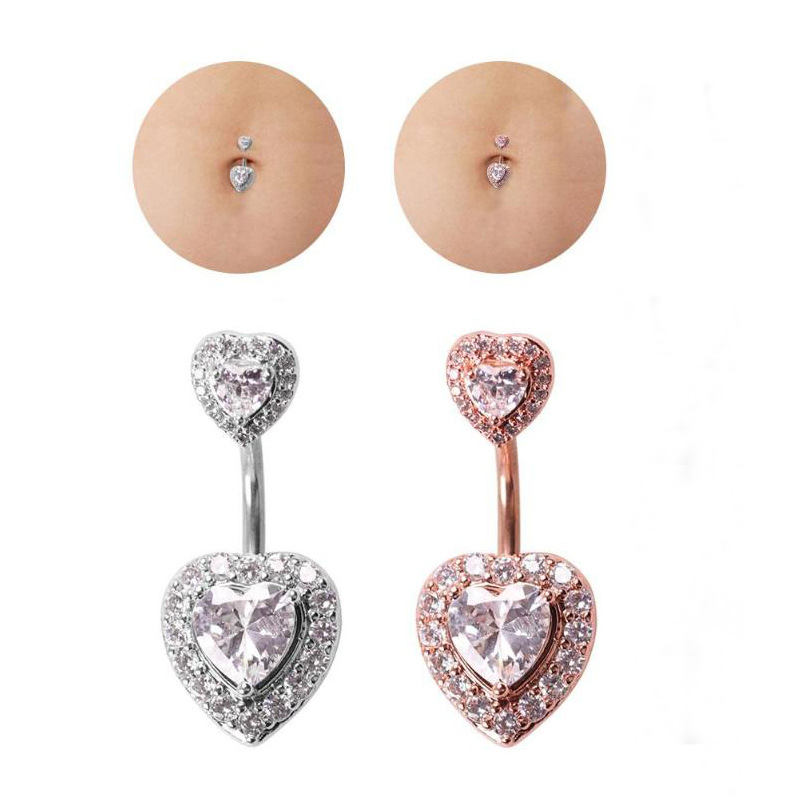

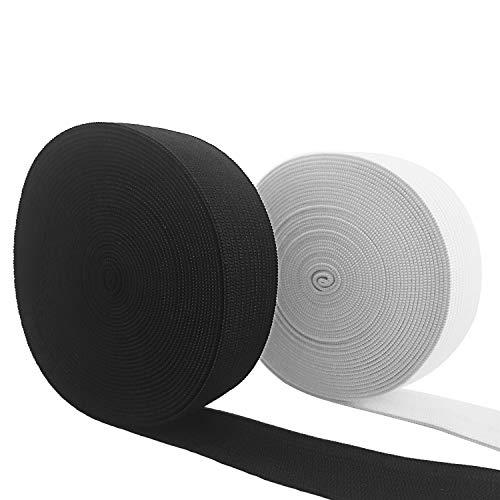
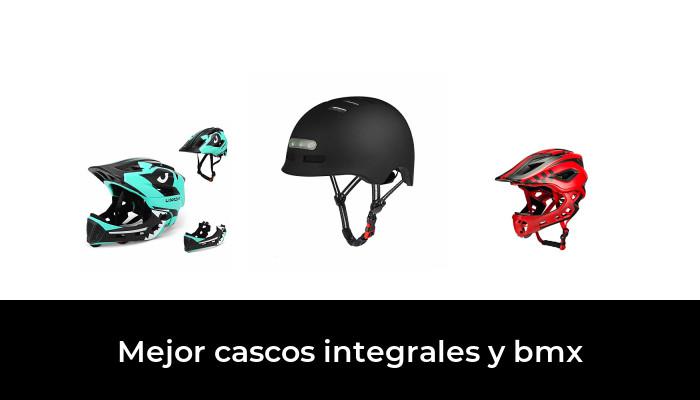

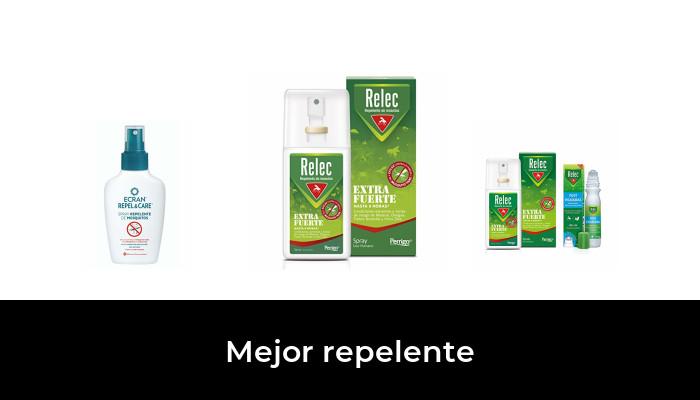
![47 best antiage nutritive cream in 2022 [based on 326 reviews] 47 best antiage nutritive cream in 2022 [based on 326 reviews]](https://website-google-hk.oss-cn-hongkong.aliyuncs.com/drawing/article_results_6/2022/2/27/1918fc37c66ad30564173e69d9df88a0.jpeg)
